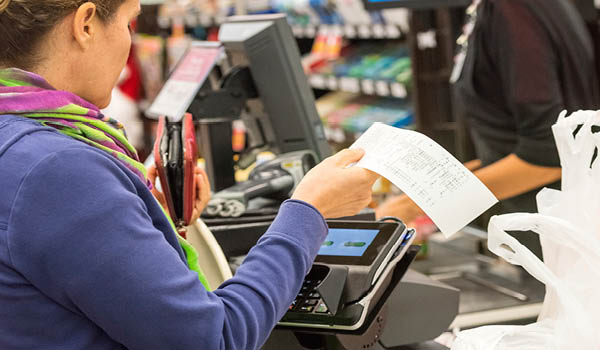February retail spend grew 3.2 per cent year on year, with total retail sales for the month $24.8 billion, according to the latest trade figures released by the Australian Bureau of Statistics (ABS).
According to the Australian Retailers Association (ARA) February’s sales result is the lowest recorded year on year growth in two and a half years, since September 2013. February 2016 sales showed a 0.0 percent increase over January 2016 (month on month).
Russell Zimmerman, executive director of the ARA, said February 2016’s year on year retail growth figure is a reflection of Australia’s economic conditions and consumer uncertainty.
“While we saw a strong Christmas and January sales period, spending growth always tends to slow in February, which has clearly been the case this year,” said Mr Zimmerman.
“A combination of warmer weather patterns across most states, a pull back in spending as consumers headed back to work and school, as well as economic uncertainty have contributed to this outcome,” he said.
On a category basis, department stores were the main beneficiary of February’s growth, with a year on year increase of 6.6 per cent. This was followed by and personal accessories, 6.3 per cent; household goods, 4.3 per cent; clothing; food, 2.4 per cent; other retailing, 2.9 per cent; cafés, restaurants and takeaway foods, 1.6 per cent.
The ACT saw the largest rate of growth in February, at 7.2 per cent, while Western Australia sat squarely at the opposite end of the spectrum, posting a loss in trade of 0.1 per cent. WA’s last growth decline occurred in May 2014, at 0.7 per cent.
“The lackluster performance experienced by retailers in WA is not unexpected, with the state having been hit considerably in recent months by the deflation of the mining boom,” Mr Zimmerman said.
“Consumers in WA have been quite pessimistic over the last few months as the large groups of workers who were present in the state have withdrawn, taking with them their considerable volumes of disposable cash.”
Victoria recorded growth of 4.7 per cent; NSW, 4.6 per cent; Tasmania, 3.1 per cent; South Australia, 2.7 per cent; Queensland, 1.2 per cent; and Northern Territory, 0.6 per cent.
“While overall growth of 3.2 per cent is not a poor result for retail by any stretch, as retail is one of Australia’s largest private sector employers it is important the industry continues its momentum to be able to support our economy long into the future.
“We anticipate 2016 will be a year of mixed fortunes, with uncertain economic conditions, an election on the horizon, and an unpredictable Australian dollar all contributing to the current landscape,” Mr Zimmerman said.

